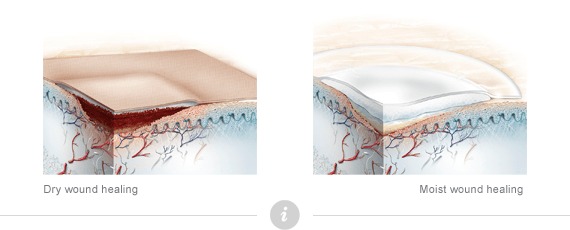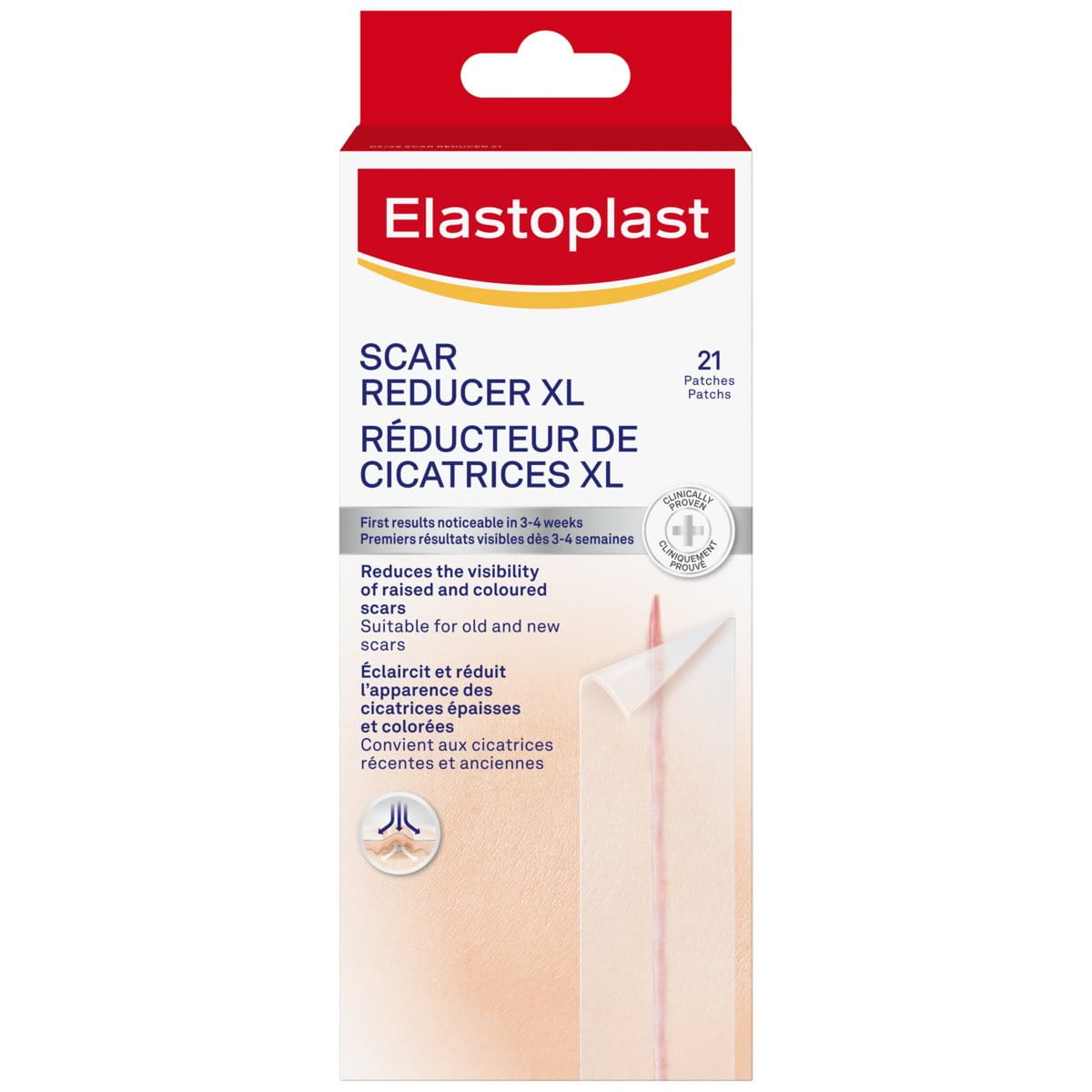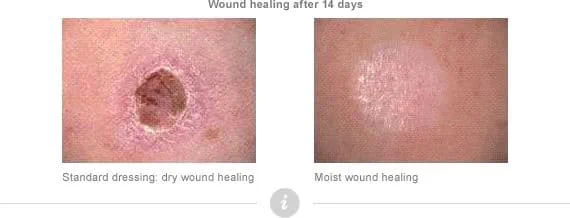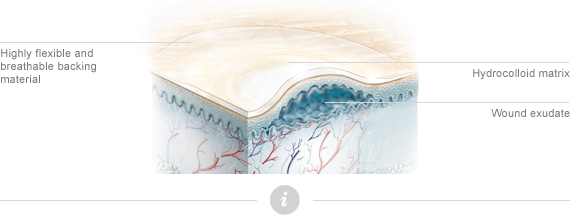In General

What is moist wound healing?
The idea of moist wound healing was born in 1962 when George D. Winter discovered that epithelization, the process of wound closure, would proceed twice as fast in a moist environment than under a scab. Today, the principle of moist healing is generally accepted in the professional field, where many products have been developed for the healing of chronic wounds via moist wound therapy.
How can moist wound healing support faster and more beautiful healing?
Covering a wound with a moist wound healing product creates an ideal wound climate which will...
- Enable most favourable conditions for wound closure (epithelization), the formation of new tissue and the immune system.
- Let the healing process remain undisturbed and ensure faster healing.
- Prevent scab formation to optimize cell migration and reduce the likelihood of scarring.


